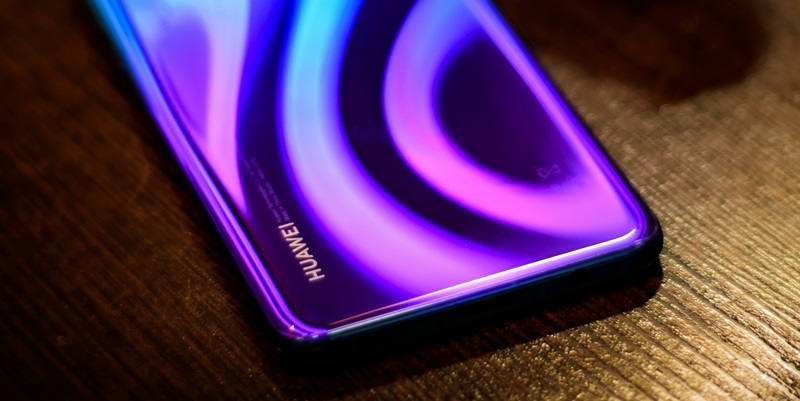Huawei is making significant strides in the world of foldable smartphones with its innovative tri-fold device, featuring a double-folded 10-inch display. Recently unveiled in public, this device has garnered considerable attention due to its unique tri-fold design and sleek profile. The ability to fold into a compact size resembling a conventional flagship smartphone sets it apart from other foldable phones on the market. When folded, the device maintains a thin structure and boasts a large round camera module that is somewhat reminiscent of the Xiaomi 14 Ultra, yet distinguished by its distinctive hinges.
The key feature of the tri-fold mechanism is its versatility, allowing the device to function as a 6.7-inch smartphone, an 8-inch foldable, or a fully expanded 10-inch tablet. This multi-functional capability represents a significant advancement in adaptable smartphone technology, offering potential customers a device that can effortlessly switch between different modes to suit their needs. The device is rumored to incorporate a new flagship processor from the Kirin 9 series, building on over three years of speculation and excitement. The anticipated release in the coming months has tech enthusiasts eagerly awaiting Huawei’s next big innovation.
The Rise of Versatile and Compact Devices
The overarching trend in the technology landscape today is the gradual shift towards more versatile and compact devices designed to enhance user convenience without compromising functionality. Huawei’s tri-fold smartphone perfectly aligns with this trend, promising to merge the utility of a smartphone with the expansive screen space of a tablet within a single, portable device. As consumer demand for multi-functional gadgets grows, manufacturers are increasingly focusing on creating devices that offer more than one primary function. Huawei’s latest offering is a prime example of this evolution, aiming to deliver a seamless user experience across several device formats.
Huawei’s tri-fold smartphone exemplifies a leap in folding screen technology, focusing on adaptability and portability while integrating cutting-edge hardware. The anticipation surrounding this device is fueled by its potential to revolutionize user interfaces and applications in mobile technology. This innovation is not just about having a bigger screen but rather providing a versatile interface that adjusts to various user needs and scenarios. Whether used for personal entertainment, professional tasks, or mobile gaming, the tri-fold smartphone promises to meet diverse requirements effectively.
Design and Functionality: A New Milestone in Mobile Technology
The innovative design and functionality of Huawei’s tri-fold smartphone underscore its promise to bring significant value to the market. Its thin structure and unique folding mechanism allow it to transform from a standard 6.7-inch smartphone to an 8-inch foldable and finally to a fully expanded 10-inch tablet. This adaptability caters to different user needs, making it an ideal choice for those who require a device that can do it all. The round camera module, reminiscent of the Xiaomi 14 Ultra yet unique in its features, adds to the phone’s premium feel and performance capabilities.
Expected to feature a new flagship processor from the Kirin 9 series, the device builds on years of development and anticipation. Over three years of circulating rumors have culminated in a product that many believe will set new standards in the industry. The integration of advanced hardware ensures that the tri-fold smartphone will not just be versatile but also powerful, capable of handling demanding applications with ease. The anticipation is not merely about the device’s appearance but also about its performance and durability in various configurations.
Huawei’s Innovation Journey
Huawei is making waves in the foldable smartphone market with its innovative tri-fold device, showcasing a double-folded 10-inch display. Unveiled recently, this device has captured significant attention thanks to its unique tri-fold design and sleek profile. What sets it apart from other foldable smartphones is its ability to fold into a compact size akin to a conventional flagship phone. Even when folded, it maintains a thin structure and features a prominent round camera module that bears a resemblance to the Xiaomi 14 Ultra but is distinct due to its unique hinges.
The standout feature is its versatile tri-fold mechanism, allowing it to function as a 6.7-inch smartphone, an 8-inch foldable, or a fully expanded 10-inch tablet. This adaptability marks a major leap in flexible smartphone technology, providing users with a device that can switch seamlessly between modes to meet varied needs. It’s rumored to house a new flagship processor from the Kirin 9 series, a detail that has sparked excitement following three years of anticipation. The upcoming release has tech enthusiasts eagerly awaiting Huawei’s next groundbreaking innovation.

